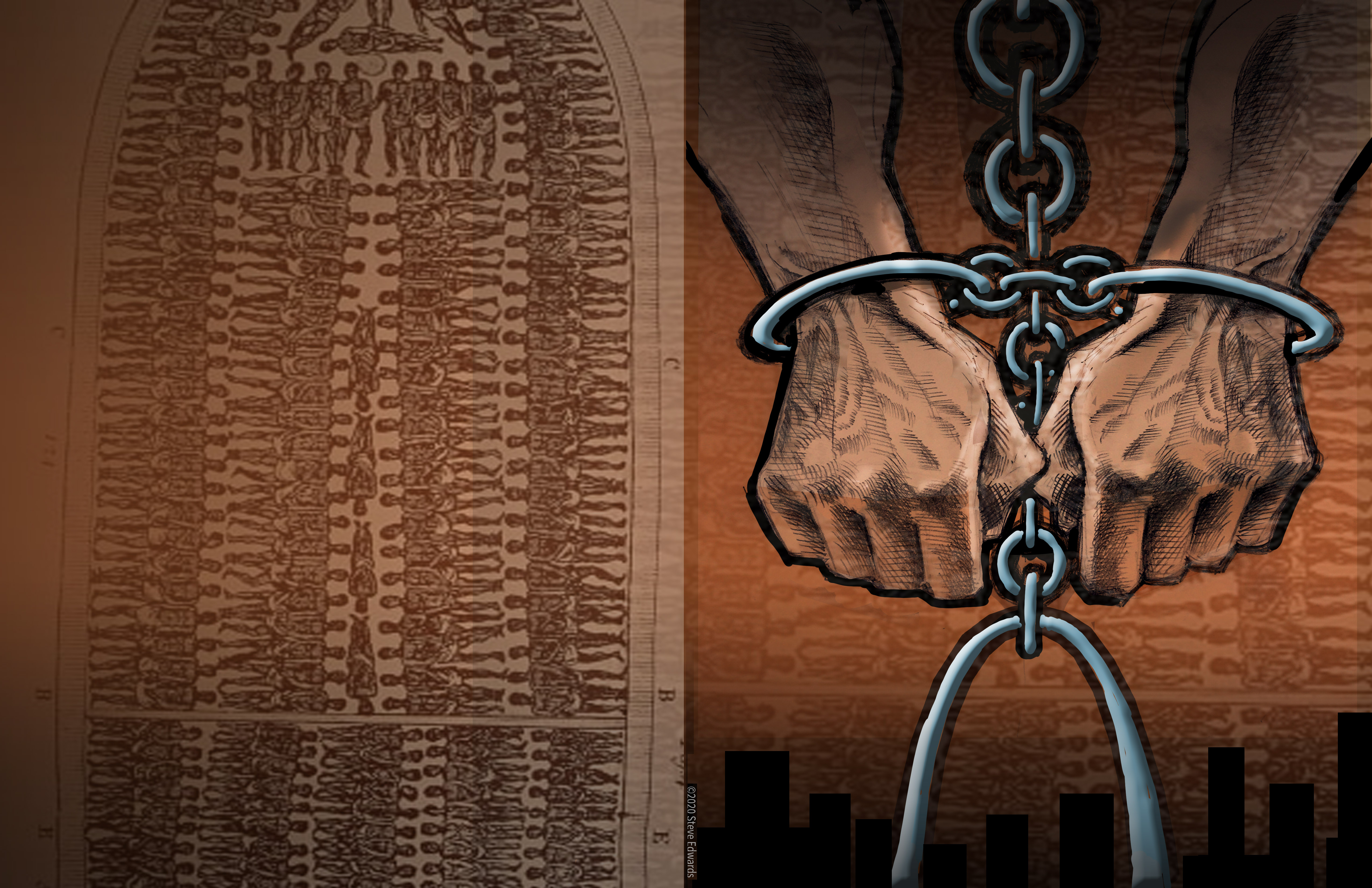New 4-H paper first of its kind for student journalists
 With fewer high school journalism programs in Southern Illinois and even fewer schools printing a student newspaper, 4-H in Perry County is stepping in with the launch of the monthly Clover Leaf.
With fewer high school journalism programs in Southern Illinois and even fewer schools printing a student newspaper, 4-H in Perry County is stepping in with the launch of the monthly Clover Leaf.
The new student newspaper is a unique collaboration between a community publisher and 4-H that gives elementary, middle and high school students a chance to report and distribute news to a broader community audience.
The Clover Leaf is the first student newspaper in Illinois produced by 4-H, a U.S-based network of community organizations delivered by cooperative extensions at public universities. In Illinois, 4-H is part of the University of Illinois extension office in Champaign.
“We’ve previously had 4-H youth contribute to publications, but this is the first we’re aware of that is 100 percent youth-driven,” said Lisa Bouillion Diaz, director of 4-H Youth Development and assistant dean in the College of Agricultural, Consumer and Environmental Sciences at the University of Illinois.
The first issue of the Clover Leaf was printed and distributed in late January as an insert in the Pickneyville Press and Du Quoin Weekly. The second edition will be out at the end of February.
The front page of the two-page paper featured a story about what former standout high school athletes were doing, a profile on a senior at Du Quoin high school and an essay by a young 4-H member who loves to show cows. Another story in the first issue featured the art work of a Pinckneyville high school student who plans to study speech pathology at community college after graduation.
“In this day and age, everything is so negative in the world,” said Rhonda Shubert, program coordinator for 4-H in Perry County. “I challenge these kids to be as positive as they can be.”
Shubert said she and Jeff Egbert, publisher and co-owner of the Pinckneyville and Du Quoin papers, had tried for a year to get the high schools in the two communities to publish print editions of their student newspapers again. “We couldn’t get either high school to bite,” she said. “They have student papers but strictly online. I haven’t even seen them or know how to look at them.”
Four students currently work for the Clover Leaf. They pitch the stories they want to write, which are then edited by Pete Spitler, the managing editor of the Press and Weekly papers.
“This is their newspaper,” said Spitler, who refers to himself as a teaching mentor. “It’s student-led. I’m trying to limit my role in this. Eventually the goal is to teach them layout so they are laying it out themselves. Hopefully, it will get to the point where I’m less hands-on as we go forward.”
He said he likes the story ideas the students have generated.
“What I like about the Cover Leaf is that it’s different than the parent newspaper,” he said. “These guys aren’t covering car wrecks and the darker side of journalism. It’s a nice change of pace that we aren’t having the time to cover or the resources.”
Christian Feltmeyer, a Du Quoin high school senior and accomplished photojournalist whose work has appeared in the community newspapers, is one of a handful of students in the new 4-H journalism club in Perry County that is producing the Clover Leaf.
“I like it’s cool to write stories to get familiar with your community,” he told GJR. “A lot of my classmates are not familiar with anything that goes on in and around their community. It’s wonderful all of these people are writing stories about their communities. If they write stories or they research just to be familiar with your community.”
Feltmeyer previously was involved in the Du Quoin high school newspaper, the Magnovox. That paper is no longer printed and distributed on campus, although for $5, subscribers can request that a PDF be mailed to them during the school year. Digital versions of the paper were unavailable.
“It’s not accessible to everyone,” Feltmeyer said. “You can’t open the Magnovox. It should be printed. I don’t see the point of doing all this hard work, and nobody really reads it.”
Sally Renaud, executive director of the Illinois Journalism Education Association, said Southern Illinois high schools have fewer published student papers than their counterparts in other parts of the state.
“It’s regional,” she said of the dearth of printed student papers in the southernmost part of the state. “ When you go further south, it’s hit or miss. A lot of it depends on the advisor.”
Egbert estimated that it cost several hundred dollars to print 3,300 copies of the Clover Leaf.
He did it to help the students but also “to encourage them to return to the community to work for us,” he said. “The concern is trying to get local people involved in journalism in a young age.”
He said the students provide local coverage that supplements the reporting in the community papers, which are better known for their investigative reporting on local government. Readers have sometimes objected to the coverage even when it exposed wrongdoing and fraud. “It’s extra generated local content we could use,” Egbert said of the Clover Leaf. “That’s not necessarily a bad thing. We need the next generation learning news and learning news literacy.”
Jackie Spinner is the Midwest Editor of Gateway Journalism Review.

